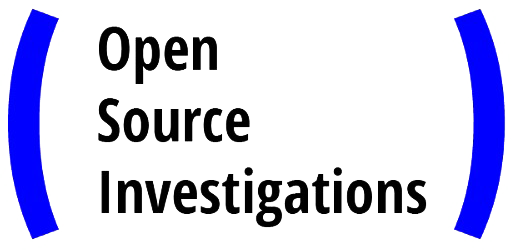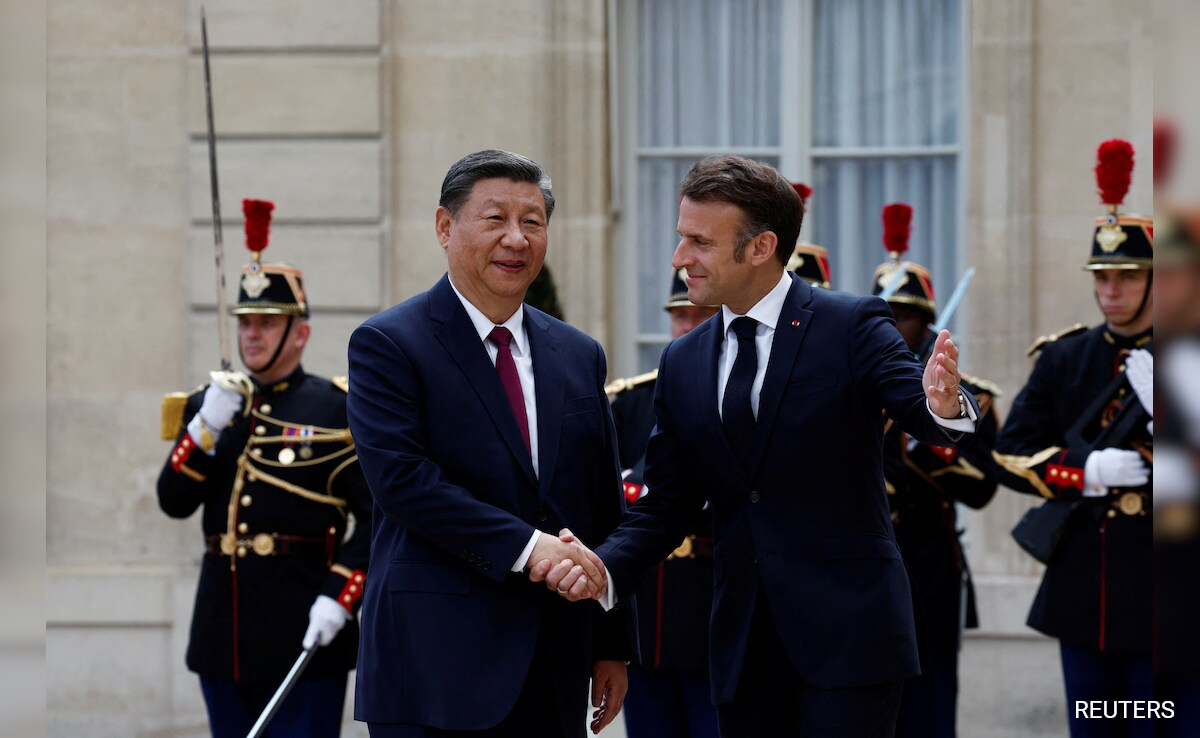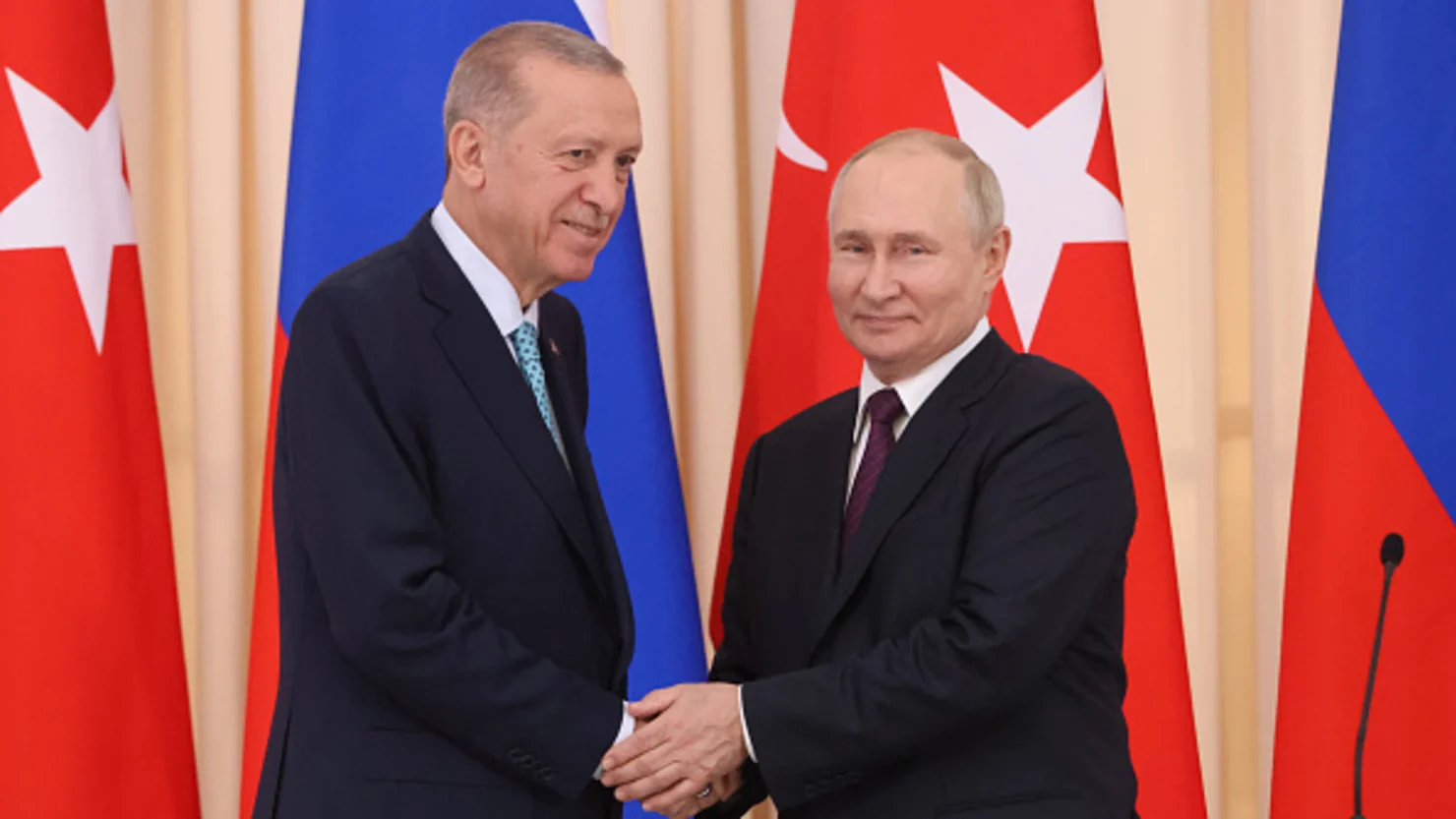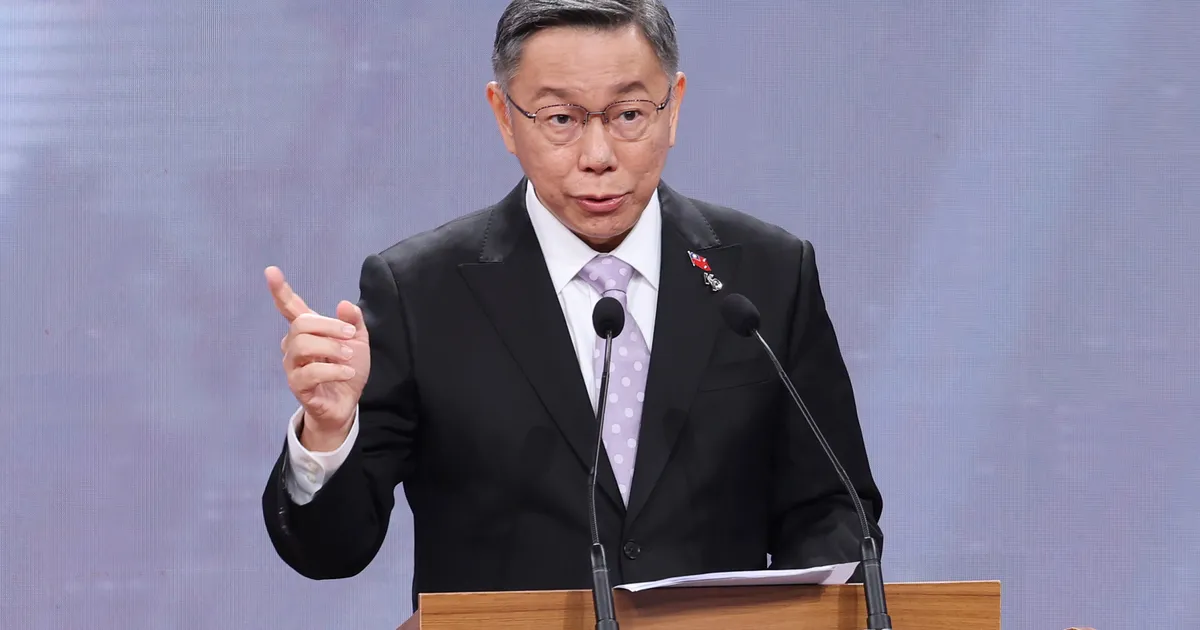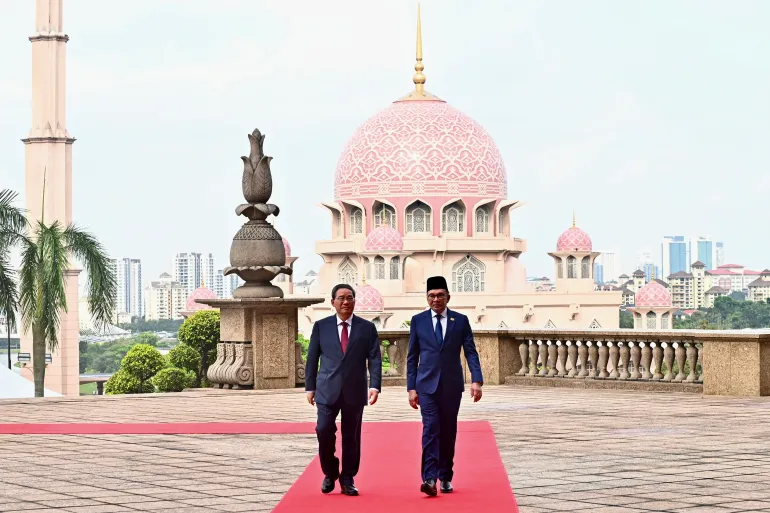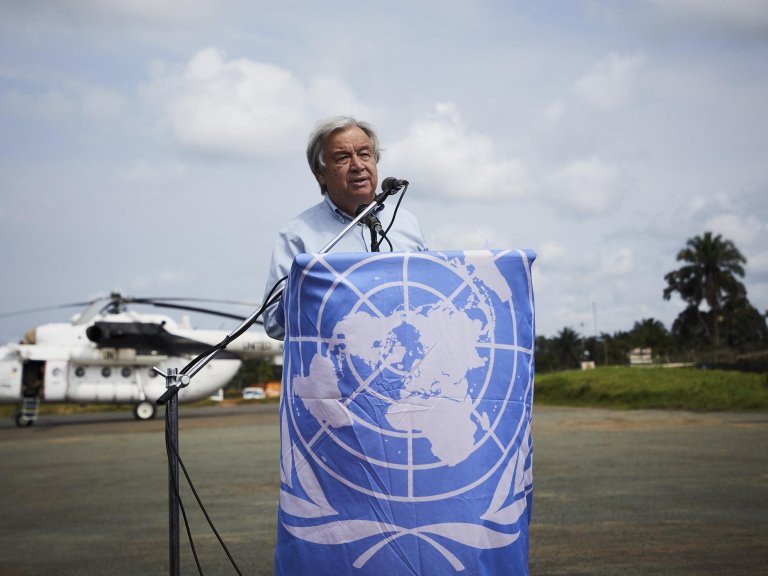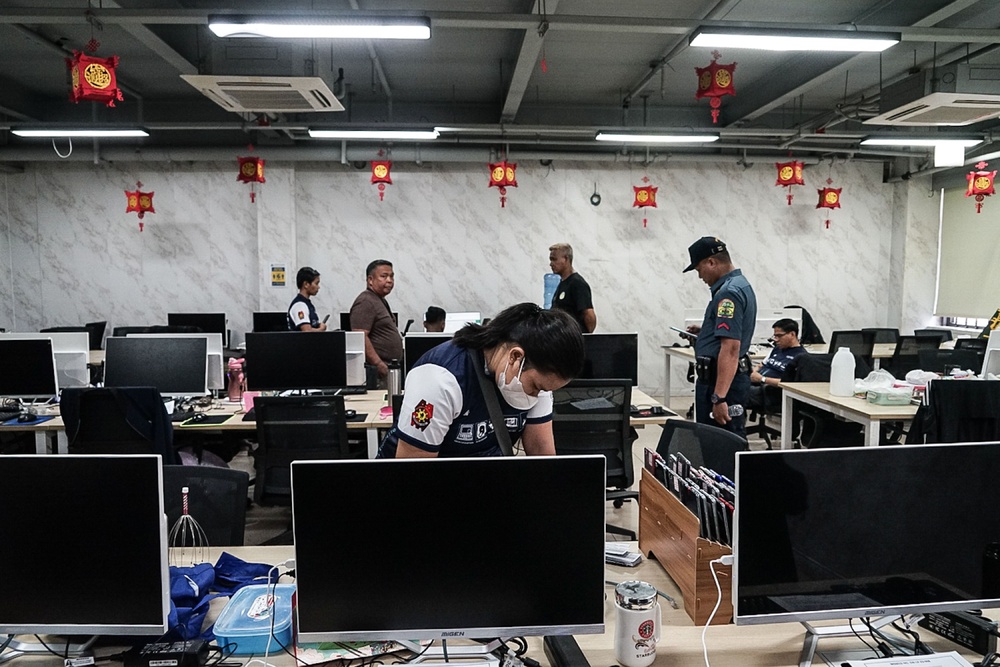In early May 2024, Chinese President Xi Jinping embarked on a significant tour of Europe, his first since the COVID-19 pandemic began. This tour, encompassing key visits to France, Hungary, and Serbia, aimed to re-establish and strengthen China’s economic and diplomatic relations with Europe amidst a backdrop of increasing geopolitical tensions and shifting global alliances.
The Context of Xi’s Visit
Xi’s visit comes at a time of heightened scrutiny of China’s global strategies, particularly its economic practices and ambiguous stance on the Ukraine conflict. The European Union (EU) has been increasingly wary of China’s close ties with Russia and its expansive Belt and Road Initiative (BRI), prompting a push for strategic autonomy and balanced trade relations within the bloc.
In France, Xi met with President Emmanuel Macron to discuss a wide array of issues, including trade, the Ukraine crisis, and climate cooperation. Macron emphasized the need for reciprocity in trade relations, aligning with Europe’s broader strategy to reduce dependency on Chinese markets. This visit also marked the 60th anniversary of Franco-Chinese diplomatic relations, highlighting the long-standing ties between the two nations.
Main Objectives and Outcomes
Strengthening Bilateral Relations and Trade
In Paris, Xi and Macron focused on enhancing economic cooperation, with discussions centered on addressing trade imbalances and exploring new areas of collaboration in sectors such as finance, technology, and green energy. Macron reiterated the EU’s stance on achieving strategic autonomy, a move aimed at balancing relations between major global powers and reducing excessive dependency on any single market.
Solidifying Strategic Partnerships in Central Europe
Xi’s visits to Hungary and Serbia were pivotal in reinforcing China’s economic influence in Central and Eastern Europe. Hungary, a significant participant in the BRI, has received substantial Chinese investments, particularly in the electric vehicle sector. Prime Minister Viktor Orbán’s government continues to deepen economic ties with China, positioning Hungary as a crucial ally in the region.
In Serbia, Xi’s discussions with President Aleksandar Vučić highlighted the enduring friendship and strategic cooperation between the two nations. China’s investments in Serbian infrastructure projects under the BRI were a focal point, underscoring Beijing's commitment to enhancing connectivity and economic integration in the Balkans.
Geopolitical Implications and Strategic Goals
Navigating EU-US-China Relations
A key objective of Xi’s visit was to navigate the complex dynamics between the EU, the US, and China. By strengthening bilateral ties with European nations, China aims to counterbalance the EU’s increasing alignment with US policies, especially concerning trade and security issues. This strategic move is seen as an attempt to exploit existing EU-US tensions and promote China as a reliable economic partner.
Addressing Global Challenges and Promoting Cooperation
Xi’s discussions also touched on global challenges such as climate change and the ongoing Ukraine conflict. France, in particular, emphasized the importance of China playing a constructive role in promoting peace and stability in Ukraine. While Beijing has maintained a neutral stance, its frequent diplomatic engagements with Russia have raised concerns among European leaders about China’s true intentions.
Conclusion
Xi Jinping’s European tour highlights China’s strategic efforts to bolster its influence in Europe amidst a shifting geopolitical landscape. By reinforcing economic ties and navigating complex diplomatic relations, China aims to position itself as a pivotal player in global affairs. However, the success of this charm offensive will largely depend on Beijing’s ability to address European concerns about trade practices, human rights issues, and its stance on the Ukraine conflict.
